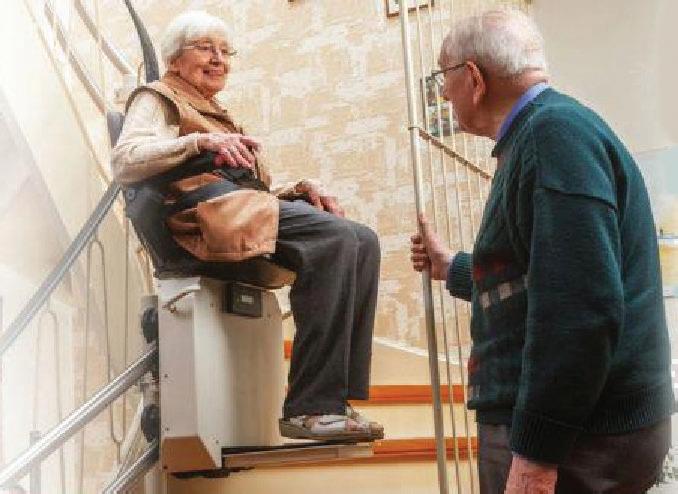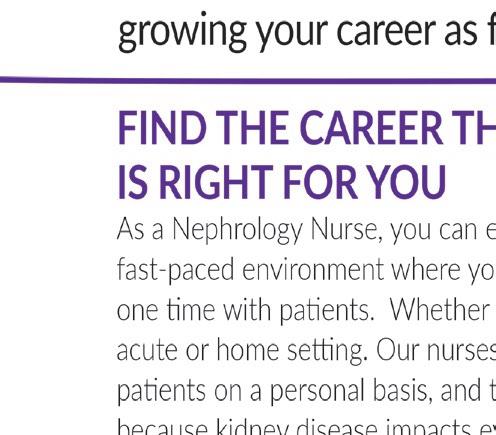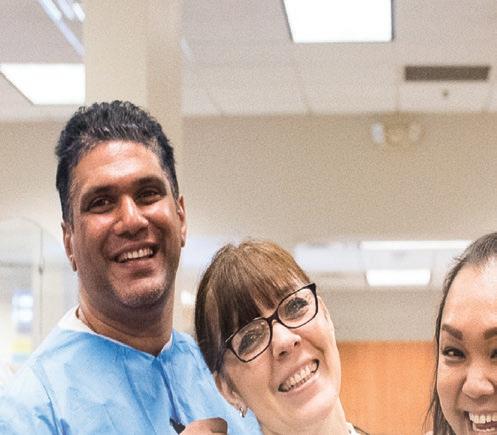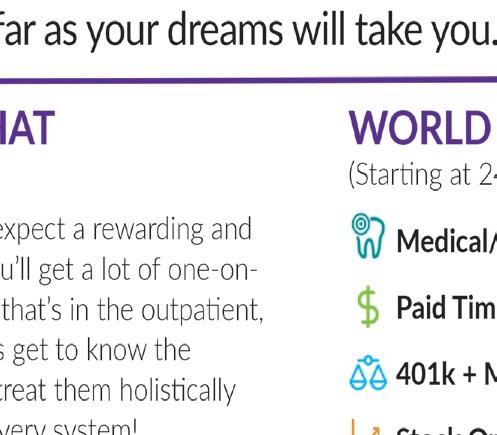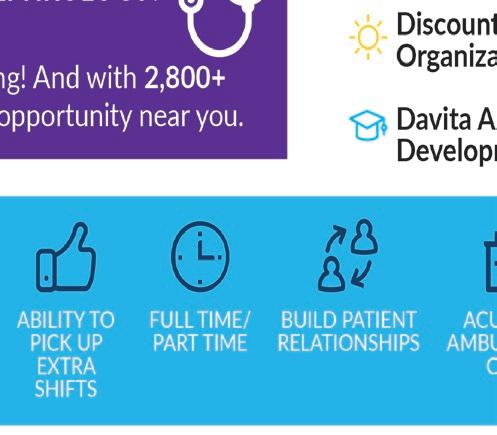












On a weekly basis we are faced with challenges to our health. Some of them are disguised as small, unnoticeable things that slip under our radar.
Whether we deal with stress, overeating, lack of exercise, denial or not enough time to cook, challenges hit us constantly and sometimes we don’t know where to turn.
But, luckily for us there are professionals who are willing to help us.
Mary Kate Fuller is a Licensed Dietitian Nutritionist, Certified Nutrition Specialist and owner of Purely Rooted Nutrition and Wellness.
“Purely Rooted Nutrition and Wellness is an integrative clinical nutrition and holistic wellness center with a practitioner team consisting of three functional nutritionists and a
registered nurse who specializes in holistic nutrition and reflexology,” Fuller informed.
“We work with our clients to find the deep-rooted reasoning behind symptoms and illness and build personalized plans to prevent and support healing from the source using food as medicine first and foremost, supplements if needed, and stress management techniques.”
Fuller added that everyone has their own way of getting into a healthier routine, but her team does put an emphasis on learning about each client.
“We believe that every individual is unique and therefore, no one plan works for everyone. We utilize an in-depth symptoms analysis, nutrition focused physical exam and functional testing to detect areas that need more attention, love and support. This can range from nutrient deficiencies and energy production to detoxification, gut health and hormone balance,” Fuller explained.
See Rooted / Page 4
On the Cover:
Top: Dave and Dolores Metzler are pictured working in their garden at Valley View Retirement Community.
Bottom Left: Joseph Walk rides his bicycle in the sun.
Bottom Right: Ken and Melody Byler take an afternoon walk.
Sentinel Photos by S. Wolfe
Continued from Page 3
“We spend a full hour and a half during our first session with our clients to discuss their symptoms, health history and review our findings. This time helps us to build personalized plans based on an individual’s needs. Each client leaves with a plan in hand with achievable first steps to their healing journey.”
A common trend that contributes to someone’s health in our area is just how full their schedule is on a daily basis.
“Unfortunately, life gets busy. People are working, raising families, running errands and we are not prioritizing the very things that keep us happy and healthy. People are exhausted, they’re skipping meals or grabbing ‘survival foods’ or what I like to call ‘fight or flight foods’ and then they’re on the go again. There’s no time built in to eat a nourishing meal, to digest foods optimally, to get adequate sleep. However, we need true nutrition on a daily basis to function, to fight off illness, to balance hormones, to support overall gut health, for a healthy and balanced mood, for optimal brain and cognitive health. We need to get back to the basics, and we help you get there,” Fuller noted.
Even though weight loss can be important to many, an even more important objective is discovering a more balanced life that can eventually lead to dropping a few pounds.
“Our clients have many different goals, but a very common goal is weight loss. There are many different root causes to weight gain or weight loss resistance though. It’s not about just eating less calories. It’s about what you’re eating, how you’re eating, and when you’re eating. It’s about nutrient deficiencies, thyroid imbalance, blood sugar imbalance, high stress, lack of sleep, hormone imbalance, poor digestion or gut health, food sensitivities, chronic inflammation, and/or poor detoxification,” Fuller highlighted.
“At the end of the day, when your life is in balance and your body feels ‘loved up’ or nourished, weight loss will naturally occur. If the body is in a state of fight or flight, stressed and nutrient depleted – it will hold on to weight, because it does not feel safe to let it go. Point being – weight loss isn’t the goal – it’s the natural outcome to balancing and nourishing your body. We work with our clients to find the reasoning behind weight loss resistance and support that balance.”
Energy drinks have found a home in our society as commercials make them seem cool and full of positive results. However, those beverages dish out a lot of poor health hazards.
“There are many toxic ingredients in energy drinks and I never recommend them. Ingredients that have been proven to cause attention deficit disorder, dehydration, anxiety, irregular heartbeat, insomnia and more,” said Fuller.
“First, if you’re low in energy, then let’s figure out why. Nutrients like Magnesium and B Vitamins are essential for energy metabolism; are you getting enough in the diet? Are you getting enough sleep; the goal is 7-9 hours every night. Are you hydrated? Are you balancing your blood sugar levels with healthy fats, quality proteins and high fiber carbohydrates (fruit, veggies) at every meal? Are you eating too many low fiber carbohydrates (breads, pastas) in one sitting or skipping meals in general, both of which cause blood sugar imbalance. This results in energy and mood roller-coaster rides for the next few hours,” she said.
“Secondly, there are way better options. Consider electrolyte drinks like coconut water (Trader Joe’s has a delicious one) or electrolyte powders like LMNT. Make sure you are hydrated by drinking half your weight in ounces daily. Try organic green tea which naturally has caffeine, but also theanine
See Rooted / Page 6


Continued from Page 4
which is calming for the brain and body. Or make your own electrolyte drink by adding a pinch of Himalayan sea salt or Celtic sea salt to water with lemon or lime juice,” Fuller said.
Sugary foods continue to dominate the country as candy, ice cream, donuts, and cake continue to be delights we can’t seem to ignore enough.
Fuller adds that there are reasons behind our love for sweets, but there are healthy options among us.
“There are reasons behind sugar cravings. From gut microbiome imbalance and blood sugar imbalance to nutrient deficiencies and stress. For example, chocolate cravings are actually a need for more magnesium. If you are really struggling to get off the soda, candy and pastries then have a mix of nuts, seeds, dried fruits and dark chocolate nibs available. The nutrients in this mix should help to calm the craving and boost your nutrition at the same time. Dark chocolate in general is actually not that bad for you – it’s rich in magnesium and healthy fats. Leave it in the freezer so you aren’t tempted to over indulge quickly. If you can make it a goal to have a square or two of dark chocolate (75% or higher) as dessert, that’s a better option than candy or ice cream. Dark chocolate with almonds is even better,” Fuller noted.
“At the end of the day, when you have a sugar craving you may actually just need more protein. So, when you’re having a craving, try some grass-fed turkey or beef jerky first and see how that feels. The more you bring in healthy fats and protein sources, the less you will crave sugar,” Fuller said.
Any 'quick fixes' to a smaller waistline?
“Healthy weight loss that stays off is never quick. A good goal is one to two pounds a week. However, here are some tips to get
started:
1. Eat three meals a day, no snacking.
2. Each meal should have a quality protein, healthy fat and high fiber source.
3. Drink half your weight in ounces of water every day (150lbs = 75 ounces).
4. Stop eating three hours before you lay down for bed.
5. Make breakfast your largest meal.
6. Take your time when you eat, and chew, chew, chew.
7. Add lemon or lime juice to water before meals to aid in digestion.
8. Try to take a short walk after meals if possible.
See Rooted / Page 8


Foxdale Village, a Life Plan community, is known for its vibrant and innovative approaches to enhancing the quality of life for older adults.
For over 30 years, Foxdale Village has embodied a blend of community, care, and culture, as well as the peace of Quaker values. Our philosophy of person-centered care is based on these ideals, which makes Foxdale a place where you can feel respected, appreciated, and at home.
Our 23-acre campus offers:
• Independent Living
• Personal Care
• Skilled Nursing
• Memory Support
• Short-term Rehabilitation
• Respite Stays
in 148 cottages, 57 apartments and 101 private healthcare rooms - all in a neighborhood setting.
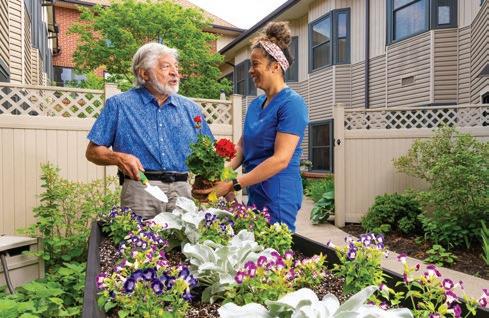
Foxdale is an inclusive community that welcomes a diversity of residents and staff, fostering a supportive place to live and work. The fulfillment and wellbeing of both residents and staff through engaging programs and opportunities for growth are of utmost importance. Foxdale Village is committed to the satisfaction and success of each individual.
To learn more about living or working at Foxdale Village, please get in touch with us at 814-238-3322 or scan this QR code:




Continued from Page 6
9. Put your phone on airplane mode an hour before bedtime and make time to get at least seven hours of sleep. We lose the most weight while we sleep.
If you do these simple tricks, you’ll be on your way,” Fuller said.
Lastly, in order to break old habits folks have to be willing to commit to changes. Sometimes our bodies need a reboot.
“If you want to see change, you have to make changes. The biggest change I see in overall health is just eating breakfast. Even if you don’t have an appetite, try to make this little change. Sometimes we need to take control and retrain the body what it needs. It should be protein heavy, but doesn’t need to be a big meal at first. Two hard boiled eggs and a couple avocado slices. Skyr or coconut-based yogurt with berries, pumpkin seeds and cinnamon. Two slices of turkey bacon. I promise you will feel so much better,” Fuller said.
“I believe in the 80/20 rule. Eighty percent of the time fuel your body with solid nutrition, get your steps in and allow for seven to nine hours of quality sleep. Twenty percent of the time, enjoy a dinner out with friends or your sweetheart, have that glass of wine, take a bite of the dang pie. Just keep a good balance and try not to sabotage yourself. Remember that you and you alone have the ultimate power over your health,” she said.
“True nutrition should never be seen as a ‘diet” in a way of restriction, guilt, deprivation or shame. Rather, it should be seen as the ultimate act of self-love. It’s a way of listening to your body, being mindful of one's needs and intentionally nourishing your body and mind each and every day,” Fuller explained.











STATE COLLEGE — When it comes to helping athletes on the field, Penn State Health has provided assistance for the State College Spikes from 2006 to the present.
Spikes lead team physician Phil Bosha said he was intrigued by the thought of working with the ball club.
“The medical group that I work with, Penn State Health–Sports Medicine, agreed to provide medical coverage for the State College Spikes when they came to the area in 2006. As a big baseball fan, I was very in-
terested in being involved in this coverage. From 2006 through 2019, while the Spikes were affiliated with the Pittsburgh Pirates and St. Louis Cardinals, the physicians from our office were on-call or were at each home game. Since the Spikes became an MLB Draft League team in 2021, the physicians at our office and I have been available to see the Spikes players at our office as needed,” Bosha said.
“As a team physician for the State College Spikes, I have had the opportunity to see dozens of their games from the dugout. During that time, it was interesting to see players start their professional baseball career here and then follow their careers into
See Diamond / Page 10

Continued from Page 6
the major leagues. I was able to go to spring training with the team one year while they were affiliated with the Pittsburgh Pirates. Before that, I had been to spring training as a fan, but it was very different experience to see the process behind the scenes.”
According to Bosha, the medical field has changed over time.
“I have been involved in sports medicine for 20 years. During that time the field has grown. There is a big team that makes providing medical care to Division I athletes and professional athletes possible. This includes athletic trainers, sports nutritionists, strength and conditioning coaches, and sports psychologists, to name just a few. The role of the other members of this team has only grown and become more important over time,” Bosha noted.
“During this time in sports medicine, as with medicine in general, knowledge of particular injuries and issues has improved. Specific to sports medicine, the awareness of subjects such as how concussions, heat illness, and mental health can impact the athlete's performance and overall health has become much more prominent.”
Being a team physician is special for several reasons, including aiding an athlete on the road to recovery and witnessing their improvements as a player.
“Being involved in sports medicine can be very rewarding. On a shorter-term basis, helping an athlete recover from an injury and get back to their previous level of performance is gratifying. On a longer-term basis, working with a college or professional team, you can see the individual athletes grow and improve their skills over the course of several years,” Bosha stated.
“The general public's perception of sports medicine may be limited to seeing an athletic trainer or team physician run onto the field to take care of an injured athlete. There is a lot more that goes on behind the scenes. Recovery from these injuries can take a lot of time and commitment from the athlete, and also involves the entire medical staff.”
There are huge responsibilities and challenges that come with being a team physician. It requires constant brushing up on skills and challenges include having the profession interfere with family time.
“One big responsibility of being a team physician is keeping up skills in your field. Team physicians can come from just about any field of medicine. At Penn State Health–Sports Medicine we have physicians from family medicine, internal medicine, physical medicine and rehabilitation, and orthopedic surgery that are team physicians for the State College Spikes and the Penn State Uni-
versity student–athletes,” Bosha explained.
“One of the challenges of being a team physician is that most sporting events happen on the evenings and weekends. On top of being in the office during the usual hours during the week, taking care of sports teams can make for some long days or short weekends. Of course, that can cut into family time and other pursuits. So, having supportive family members, coworkers, and friends is critical.”
The Spikes swing into action on June 4 against the Trenton Thunder. Their home opener is June 7 versus the West Virginia Black Bears.
Submitted photo
Dr. Phil Bosha of Penn State Health-Sports Medicine has also served as team physician for the State College Spikes.


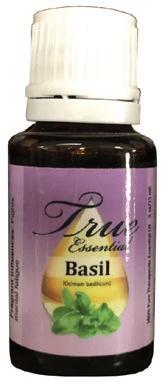
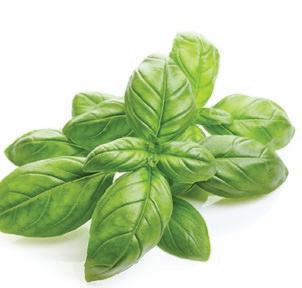
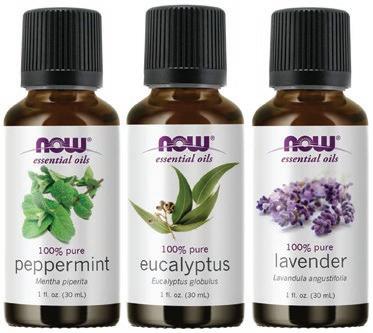


LEWISTOWN – Think you’re too young to get colorectal cancer, think again. After all, 45 seems to have become the new 50.
About 20,000 Americans under the age of 50 will be diagnosed this year. An estimated 3,750 young adults will die.
“Colorectal cancer is rapidly shifting to diagnosis at a younger age,” according to the results of a study conducted by American Cancer Society researchers released in early March. Since the mid-1990s, cases among people under 50 have increased by 50 percent. It’s quickly become of the deadliest cancers in this age group.
With colon and rectal cancers on the rise in young adults, Rebecca L. Hoffman, MD, colorectal surgeon at Geisinger, cautions those under 50 might need a colonoscopy earlier than you think.
The study revealed cases of colon and rectal cancer have been increasing by one to two percent each year among adults ages 20 to 39. “This increase is alarming because cases had been decreasing in decades prior,” Hoffman explained.
Even more alarming, researchers found that adults younger than 55 are nearly 60 percent more likely to be diagnosed with late-stage colorectal cancer than older people, mainly due to delayed exams by their doctor or waiting to have a colonos-
copy.
“Often, young people and their healthcare providers aren’t thinking of cancer as the cause,” Hoffman added. “Symptoms may include blood in your stool, bloating, abdominal pain or constipation.”
Without routine screenings, colorectal cancers are typically caught in advanced stages when they might be more difficult to treat. Experts agree the recommended age to start having routine screenings is 45, but if there’s a family history of colorectal cancer, it might be wise to be screened sooner.
“The good news: when caught early,
colorectal cancer is very treatable,” Hoffman said. “The best thing to do is talk to your doctor to see if an earlier screening is right for you.”
Many symptoms can also be caused by conditions that aren’t cancer. However, anyone with the following symptoms should see a doctor:
· A change in your bowel habits, including diarrhea, constipation or a change in the consistency of stool that lasts for more than a few days.
· Rectal bleeding or blood in your stool.
· Persistent cramping, gas or abdominal pain.
· Feeling that your bowel doesn’t empty completely.
· Unexplained weight loss.
· Weakness or fatigue.
Get screened: Most colorectal cancers start as an abnormal growth on the inner lining of the colon or rectum, called a polyp. Regular screenings can help detect polyps, so they can be removed before becoming cancerous.
There are several types of screening tests for colorectal cancer, including colonoscopy and at-home screening tests.
Make lifestyle changes to lower risks: As with many cancers, making changes to See Diamond / Page 14







Continued from Page 13
your everyday life can make a significant impact on lowering your risk of colorectal cancer, Hoffman said. Specialists suggest:
· Eat a variety of fruits and vegetables as well as whole grains. “These foods contain vitamins, minerals, fiber and antioxidants, which may play a role in preventing colorectal cancer,” Hoffman added. “Avoiding red and processed meats can help reduce your risk of colorectal cancer.”
· Minimize alcohol consumption to one drink per day for women and two for men. A 2021 study found that women who drank more than two drinks per day had more than double the risk of early onset colorectal cancer, compared to women who drank less than one drink.
· Stop smoking or talk to your doctor about options to quit.
· Try to exercise at least 30 minutes at light or moderate levels on most days.
· Maintain a healthy weight and ask your doctor what’s best. Researchers tracked about 1,000 patients who had been treated for stage 3 colon cancer. They found people who consumed a lot of foods that can spike insulin, such as white bread, sugar-sweetened drinks and processed snacks, were about twice as likely to have a recurrence or die from colon cancer, compared to those who consumed the least of these foods.
“The important takeaway is that young people can and do get colorectal cancer,” Hoffman said. “Screening now starts at 45, so don’t wait. Talking to your doctor about your family history and potential symptoms could possibly save your life.”

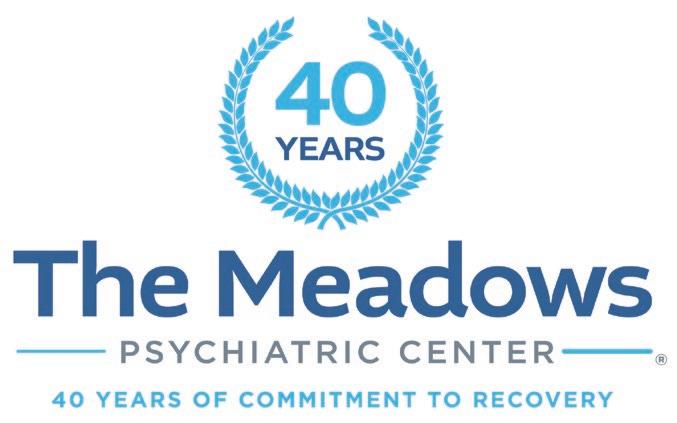


March 29
Line Dancing
YMCA of Centre County, State College
814-237-7717
March 29-April 1
Body, Mind and Spirit Retreat
Gita Nagari Farm, Port Royal thebodymindspiritretreat.com
April 4, May 2
Covid Survivor Support Group
Zoom geisinger.org/events
April 7
Centered and Strong Youth Yoga
Wellness in Motion Studio, State College
814-237-4005
April 8-June 13
A Matter of Balance 8 week program
Managing falls and increasing activity
Geisinger 65 Forward, Reedsville geisinger.org/events
April 13
Swiftie Ice Skating Party (Taylor Swift)
Hershey Figure Skating Club
Giant Center, Hershey hersheyfigureskatingclub.org

Continued from Page 15
June 4, 11, 18, 25 in-person (June 5, 12, 19, 26 online)
Culinary Medicine Classes
The role of food in the treatment and prevention of disease
Geisinger Susquehanna Valley Mall, Selinsgrove
geisinger.org/events
June 26
Ostomy Education and Support Group
Westshore Frederickson Outpatient Building, Mechanicsburg 717-782-5565

Mouth cancer, also referred to as oral cancer, is an oft-overlooked form of the disease. Though mouth cancer is not as prevalent as other forms of the disease, a 2015 study published in the International Journal of Clinical and Experimental Pathology noted it is the sixth most common cancer worldwide, perhaps making this form of the disease worthy of additional attention from the general public.
The Memorial Sloan Kettering Cancer Center notes mouth cancer is most closely linked to tobacco and alcohol use. However, even non-smokers and individuals who do not drink can develop mouth cancer. The MSKCC reports that mouth cancer is typically diagnosed after a dentist notices symptoms during routine exams, which is one of
many reasons to schedule dental exams and cleanings at least twice per year. In addition to making dental exams part of their regular health care routine, individuals can keep an eye out for these warning signs of mouth cancer.
· Mouth ulcers that are not healing: The MSKCC notes this is a common symptom that is present in most people with mouth cancer. This is marked by a broken area of skin that will not heal.
· Pain in the mouth: The MSKCC notes that persistent pain in the mouth that does not subside is another common symptom of mouth cancer.
· White or red patches in the mouth or throat: This symptom might be hard See Mouth / Page 18












Continued from Page 17
for individuals to spot, particularly if the patches are in the throat. The MSKCC notes that a fungal infection known as oral thrush can cause red patches (erythroplakia) and white patches (leukoplakia) as well. Though the presence of these patches are not evidence of cancer, they can lead to cancer if left untreated.
· Difficulty swallowing: A burning sensation when chewing or swallowing food may be indicative of mouth cancer. The MSKCC notes that some people with mouth cancer feel as though food is sticking in their throat. Some people also cough or feel as though liquid is entering their windpipe. Difficulty swallowing and chewing compels some people to eat less, which is why unexplained weight loss is another warning

sign for mouth cancer.
· Speech problems: Changes to one's voice is another potential warning sign of mouth cancer. A voice may sound quieter or husky, and some people's voices may sound as if they have a cold all the time. The MSKCC notes that some people slur words or experience difficulty pronouncing certain sounds when they have developed mouth cancer.
· A lump in the neck: Swelling in one or more lymph nodes in the neck is a common symptom of mouth cancer, and people with this sign may feel as though they have a lump in their neck. If a lump in the neck is slowly growing
bigger, that is a warning sign for mouth cancer. Lumps that come and go are not typically a byproduct of cancer, according to the MSKCC.
· Additional warning signs: A lump or thickening in the lip, a lump in the mouth or throat, unusual bleeding or numbness in the mouth, loose teeth with no apparent reason, and difficulty moving the jaw are some additional warning signs of mouth cancer.
Mouth cancer is not as common as other forms of the disease, but it can still be deadly if left untreated. More information is available at mskcc.org.





